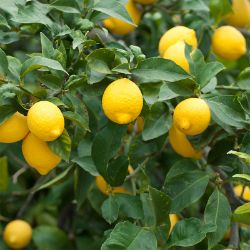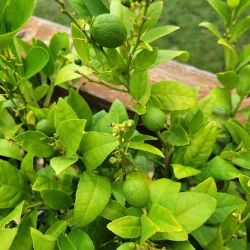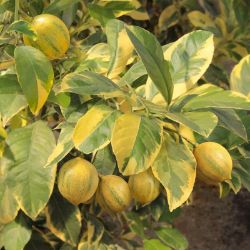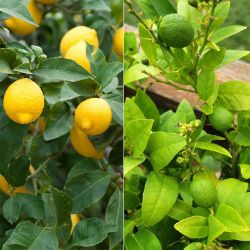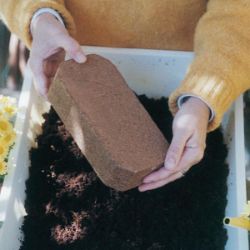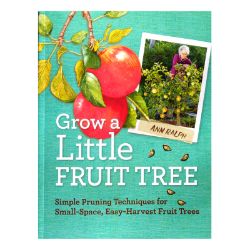Planting Citrus Trees
Successfully establishing a young fruit tree starts with your planting site and method. Once a fruit tree is established, it needs little assistance to grow and bear fruit; but you’ll want to make sure you give your trees the right foundation.
Fruit trees require fertile soil for good growth, so before you plant, check your soil pH. Contact your local County Extension Office for information about soil testing in your area, or purchase one of our digital meters for quick and accurate results. Citrus trees enjoy a soil pH between 5.5 and 6.5. Steer clear of soils that are extremely heavy or poorly drained.
NOTE: This is part 4 in a series of 11 articles. For a complete background on how to grow citrus trees, we recommend starting from the beginning.
Upon arrival, you may notice that your citrus plant has lost some or all of its leaves. Don’t be alarmed because this is normal. New leaves and shoots will appear shortly after repotting.
Planting
- Dig a hole large enough to accommodate the root system.
- Straighten out any circling root before planting and remove any broken ones.
- Place plant so the root ball is even with the soil surface.
- Fill the container with the remaining soil.
- Do not add fertilizer to the soil as you are back filling, you can apply some to the soil surface after planting.
- Tamp soil lightly as you go to eliminate any air pockets.
- Water thoroughly.
Planting In a Container
- Transfer your new plant to a 6-10 inch pot within a few days of arrival.
- Fill the container with potting soil loosely (do not tamp) to 3” below the rim.
- Remove plant from shipping container.
- Gently loosen root system from the soil ball, so roots do not encircle the soil ball.
- Place plant so the root ball is even with the soil surface.
- Fill the container with the remaining soil.
- Water lightly until plant is well rooted.
By your tree’s second summer, you can plant it in a larger container, usually 16-20 inches in diameter. They have a shallow root system, so a wide diameter container is far better than a deep one. This can be the tree’s permanent home. These pots can be moved around as you wish. Just remember not to make a major change in light exposure all at once, but in stages. Refreshing the soil every one to three years will provide soil nutrients and encourage healthier growth.
Protecting Your Citrus Tree
Protect your citrus plant until outdoor temperatures warm and the chance of frost is gone. Citrus plants thrive in temperatures between 55 and 90 degrees. Ideal temperatures for the spring and summer range from 75 to 90 degrees F. During fall and winter, the temperature range is 60 and 70 degrees F. It is not only important to have good lighting and warmth, but most importantly, humidity of 30-60%.
- Your container grown citrus plants should be grown near a bright sunny window, or under fluorescent ‘grow’ lights.
- If you plan to plant your citrus plant in the ground, find a sunny, frost-free and wind free location with southern exposure is best.
Additional Notes
- In Zones 4-8, overwinter in a protected area where the temperature does not drop below 60º F. This does not apply to olives, as they need some cold temperatures to produce fruit. However, do not allow them to freeze.
- Citrus plants are self-pollinating; but when growing indoors, you should hand-pollinate by using a small brush or cotton swab to transfer pollen among the flowers.













